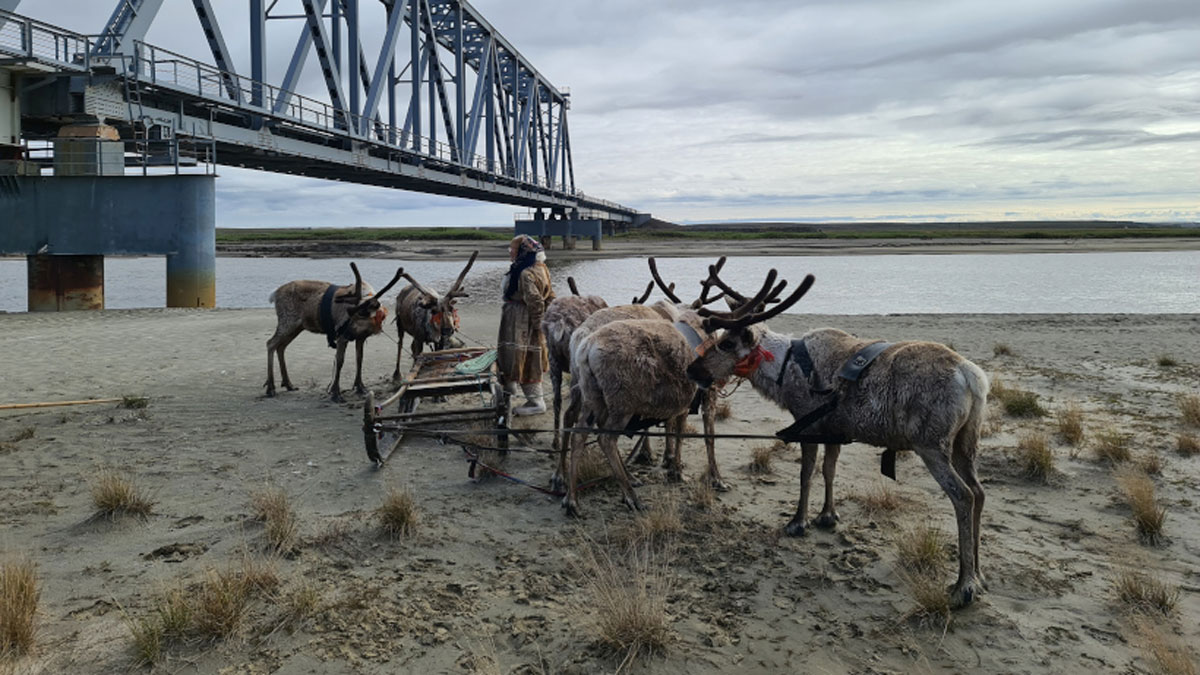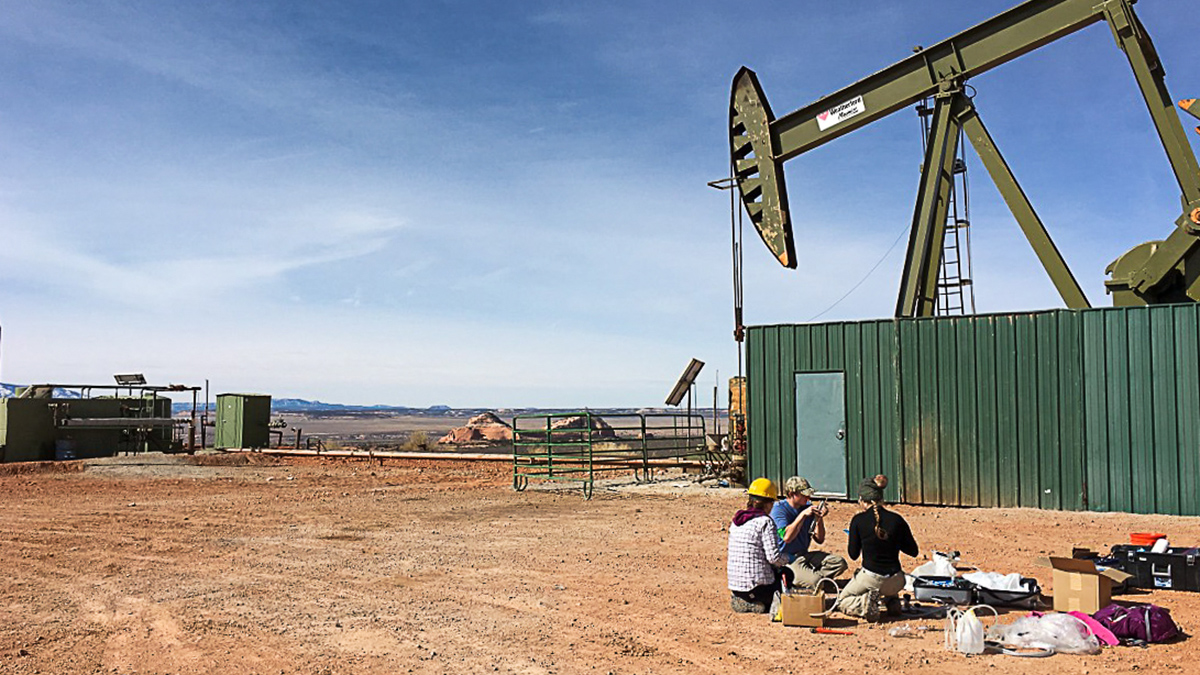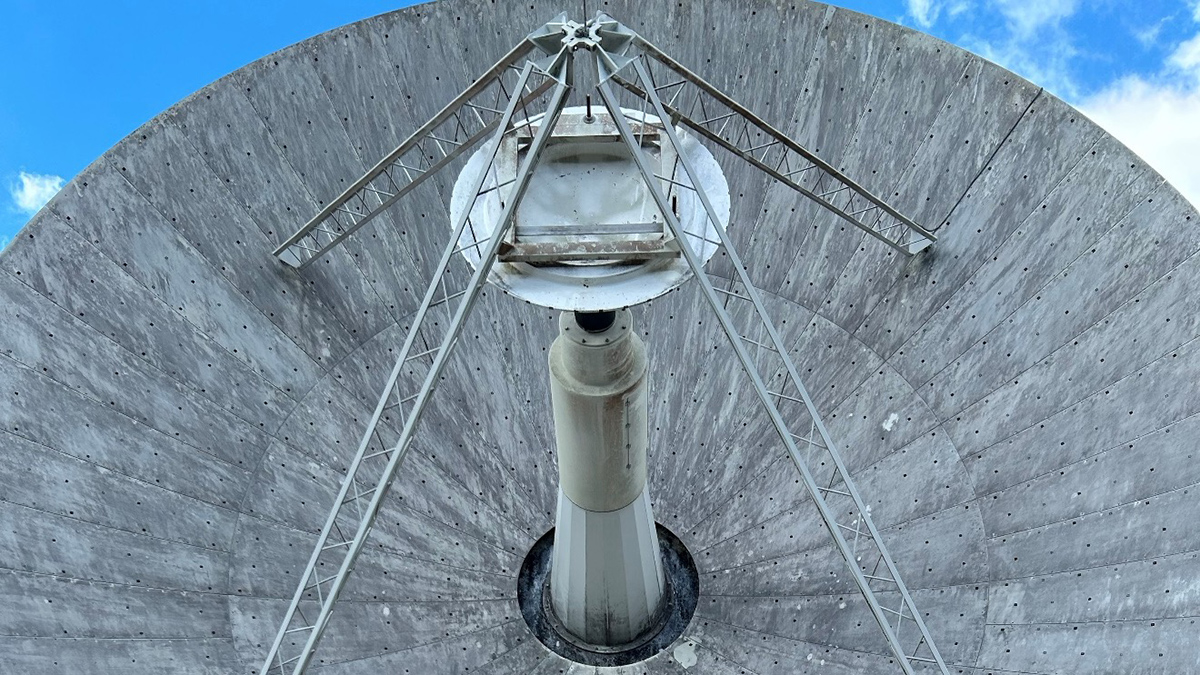Jupiter’s volcanic moon is captured in exquisite detail by an instrument atop a mountain in Arizona.
Sarah Stanley
Sarah Stanley, a freelance writer for Eos, has a background in environmental microbiology but covers a wide range of science stories for a variety of audiences. She has also written for PLOS, the University of Washington, Kaiser Permanente, Stanford Medicine, Gladstone Institutes, and Cancer Commons, a nonprofit that works with cancer patients.
In Hot Water and Beyond: Marine Extremes Escalate
A new study suggests marine life is increasingly faced with triple-threat events in which extreme water temperature, low oxygen levels, and acidification converge.
在土卫二上寻找生命:我们应该问些什么问题?
在冰冷的海洋世界中,建立在有机化学进化理论基础上的研究框架,可能会比仅仅寻找生命存在的直接证据,带来更深刻的见解。
How Tiny Cracks Lead to Large-Scale Faults
Researchers could soon gain new insights into fault development in Earth’s brittle crust, thanks to a computational approach that harnesses experimental observations of microscale rock damage.
Convergence Science in the Arctic
Focusing on climate change and industrialization in Siberia’s Yamal Peninsula, researchers developed science questions that aim to reach far beyond any single discipline.
Looking for Life on Enceladus: What Questions Should We Ask?
On icy ocean worlds, a research framework built around the theory of organic chemical evolution could surface deeper insights than a hunt limited to direct evidence of life.
Anthropocene Activities Dramatically Alter Deep Underground Fluid Flux
Scientists call for improved understanding of how our influence on deep subsurface fluids and microbes might affect the larger Earth system.
Fault Maturity or Orientation: Which Matters More for Quakes?
Close examination of a 2021 earthquake on the Tibetan Plateau provides hints that, counter to prior assumptions, the influence of fault orientation can sometimes trump that of maturity.
Out With the Old, in With the Cold
A 12-meter telescope at the Arecibo Observatory gets outfitted with a wideband cryogenic system to expand its capabilities.
La química del agua somera podría hacer a los arrecifes más resistente a la acidificación del océano
Estudios de los Cayos de Florida revelan variaciones geográficas y temporales en los efectos de la acidificación en corales.










